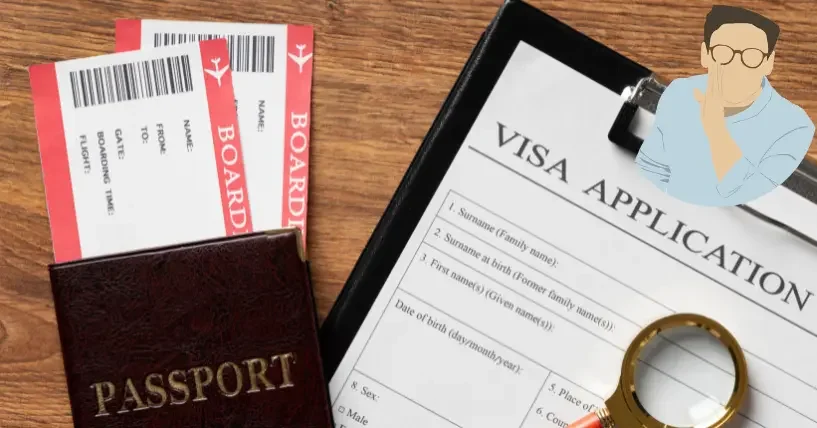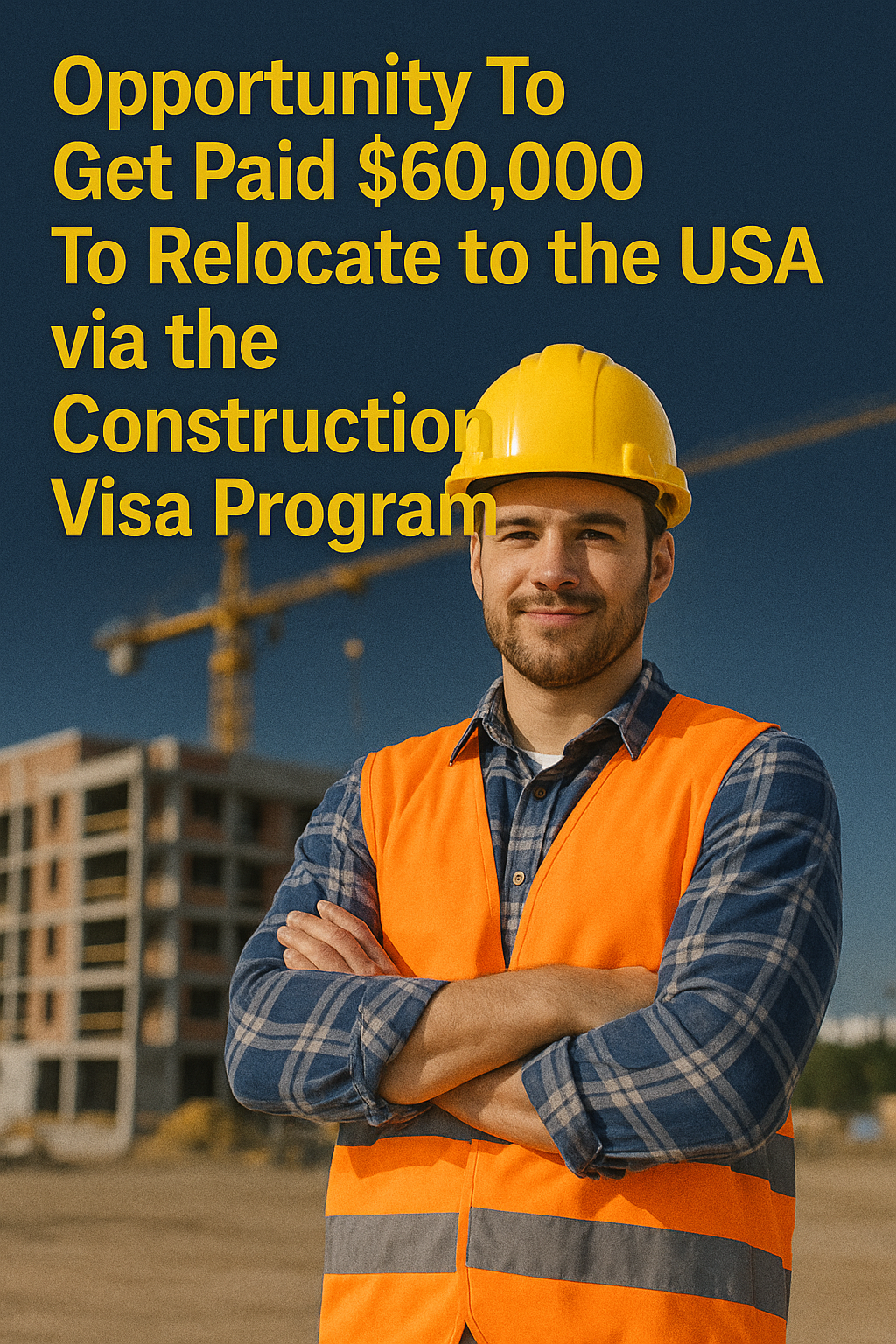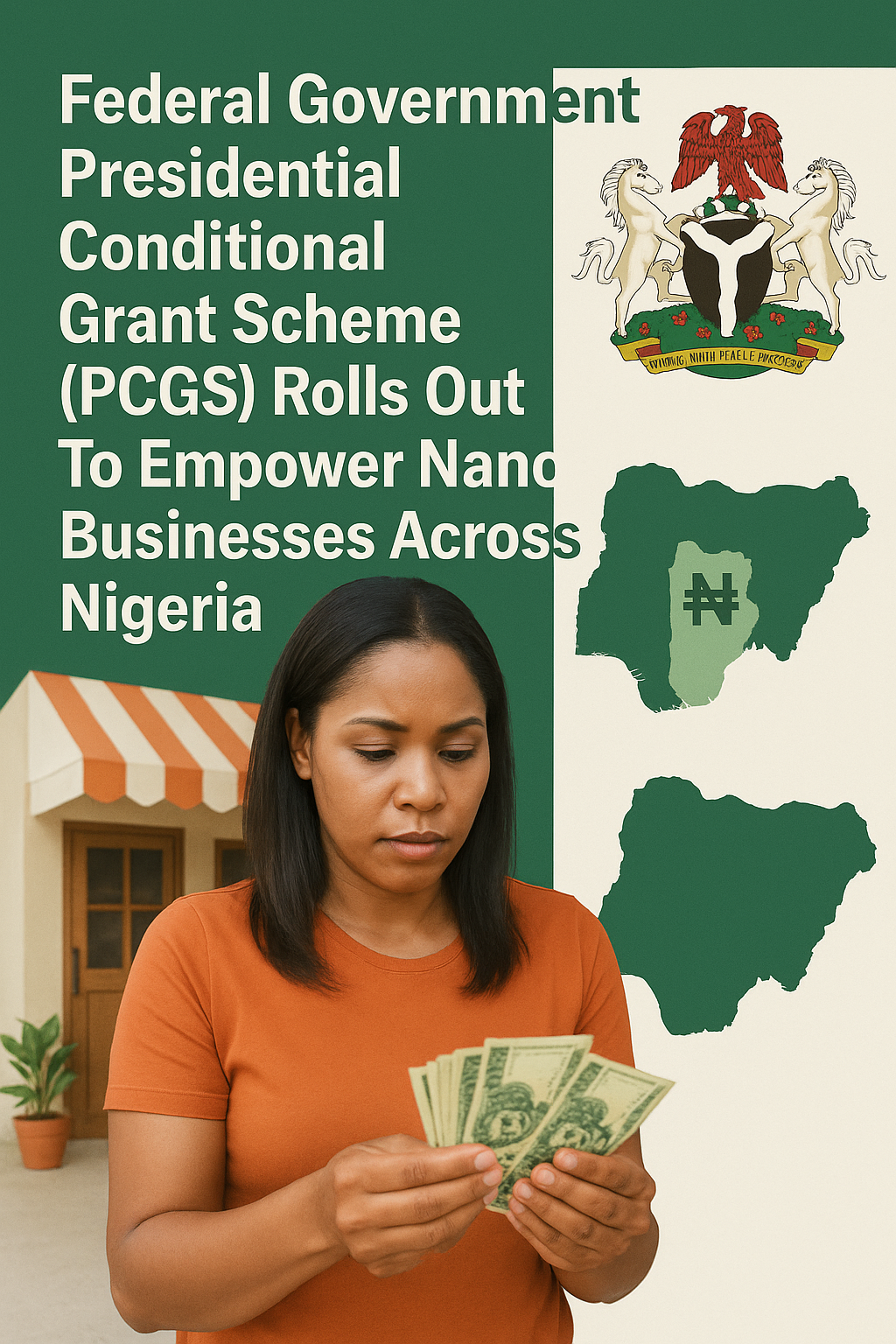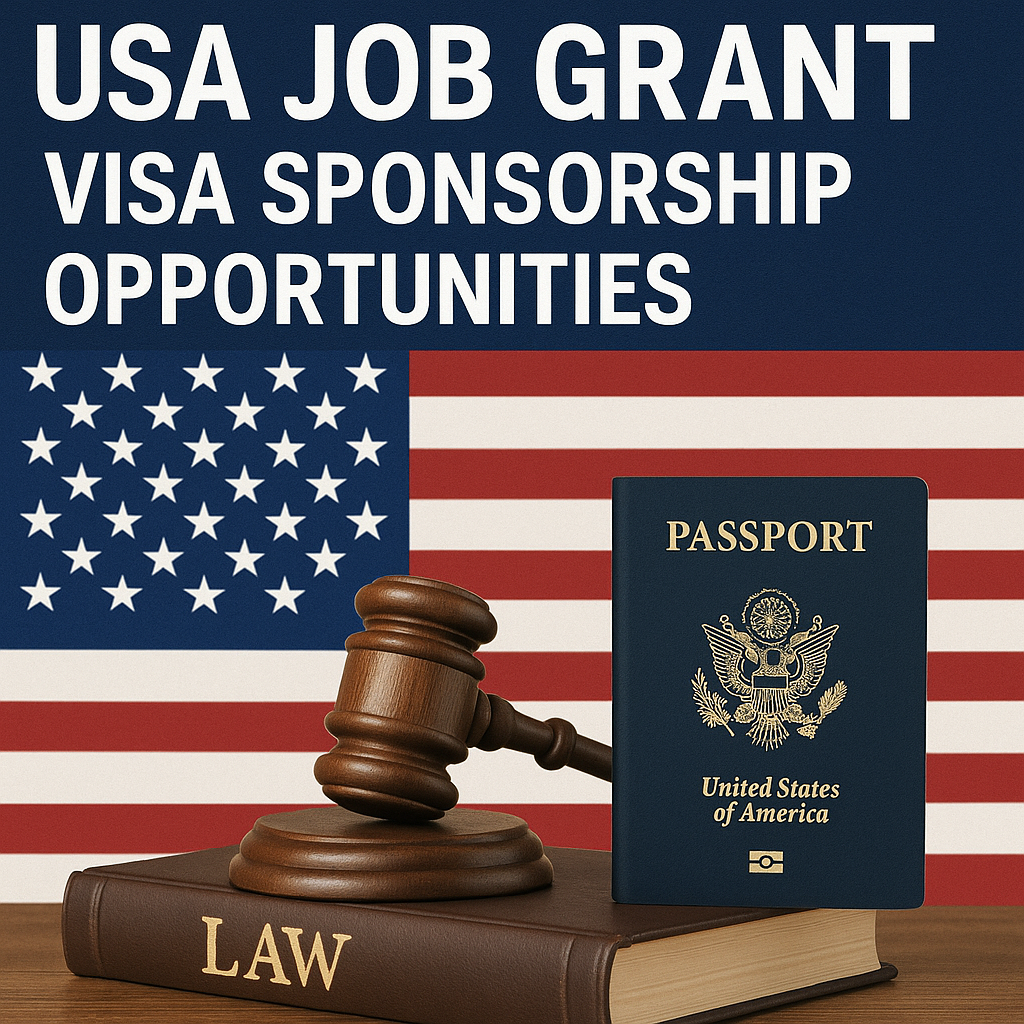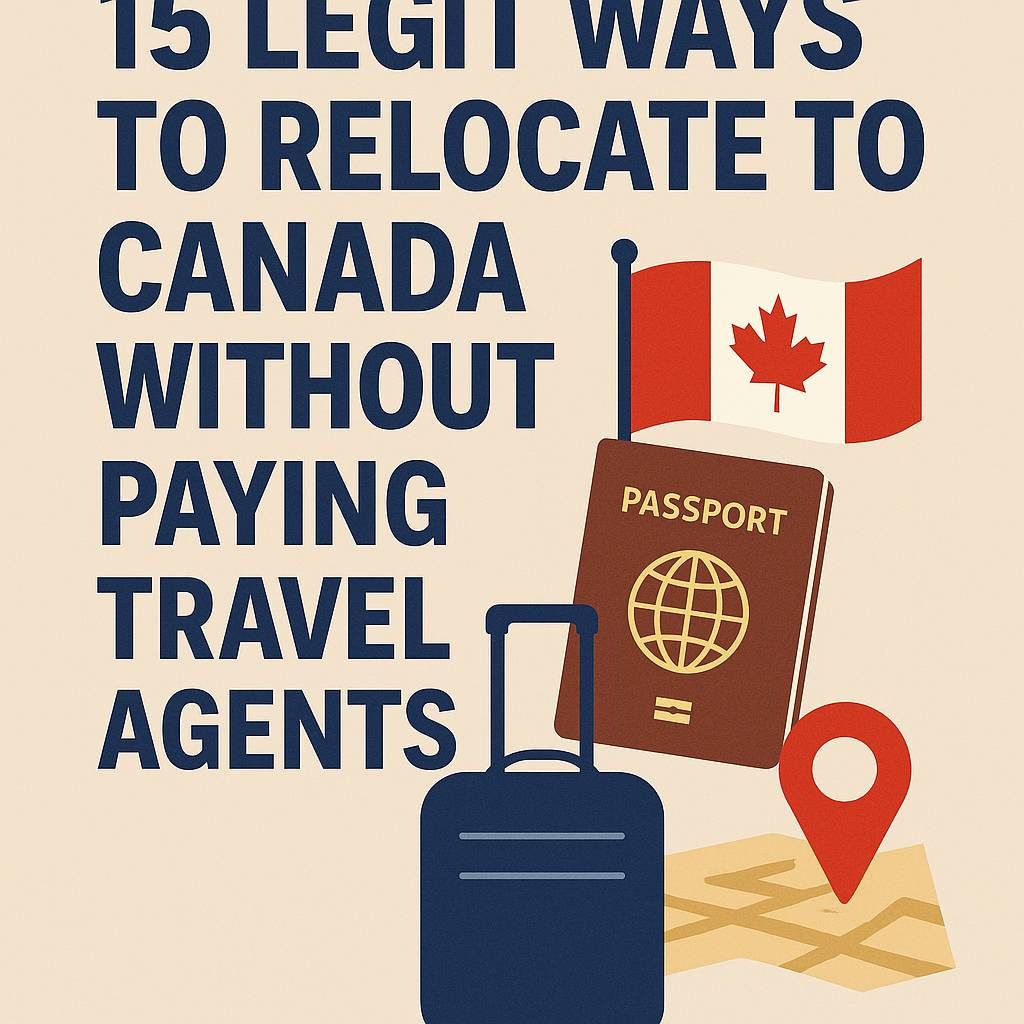Are you dreaming of working in the United States but unsure how to navigate visa sponsorship? The U.S. offers numerous opportunities for skilled professionals worldwide through job grant visa sponsorship programs. Whether you’re an experienced professional, a recent graduate, or someone looking for a career change, this comprehensive guide will walk you through everything you need to know about securing a U.S. job with visa sponsorship in 2025 and 2026.
What Is Visa Sponsorship in the USA?
Visa sponsorship is a process where a U.S. employer legally supports a foreign worker’s application to work in the country. It involves handling immigration paperwork, proving that hiring a foreign worker is necessary, and meeting U.S. labor laws. This support enables international professionals to legally live and work in the U.S., contributing their skills to American companies and industries.
How Does Visa Sponsorship Work?
The visa sponsorship process involves several steps:
- Labor Condition Application (LCA): Employers file an LCA with the Department of Labor to confirm fair treatment of workers.
- Form I-129 Submission: Employers submit Form I-129 to USCIS to petition for the worker’s visa.
- Legal Fees and Processing: Employers cover legal fees associated with the visa process.
- Visa Approval and Interview: After approval, the worker applies for a visa at a U.S. embassy or consulate and undergoes an interview.
Types of U.S. Work Visas Requiring Sponsorship
H-1B Visa: Skilled Professionals
The H-1B visa is designed for individuals in specialized jobs requiring at least a bachelor’s degree. Common fields include engineering, computer science, healthcare, finance, and education. A key feature of the H-1B visa is the annual cap, which leads to a lottery system when applications exceed available slots.
L-1 Visa: Intra-Company Transfers
The L-1 visa allows employees of international companies to transfer to a U.S. branch. It is ideal for executives, managers, and those with specialized knowledge about the company’s operations.
O-1 Visa: Extraordinary Ability
This visa is for individuals with extraordinary ability in fields such as science, education, business, sports, or the arts. Applicants must provide substantial evidence of national or international acclaim.
Employment-Based Green Cards
Employment-based green cards allow foreign workers to live and work permanently in the U.S. Categories include EB-1 for priority workers, EB-2 for advanced degree holders, and EB-3 for skilled workers.
Who Can Sponsor a Work Visa?
Not all U.S. employers can sponsor visas. Key sponsors include:
- Large Corporations: Companies like Google, Apple, Microsoft, Amazon, Goldman Sachs, Pfizer, and Boeing.
- Universities and Research Institutions: Harvard University, MIT, Stanford University, and the National Institutes of Health (NIH).
- Non-Profit Organizations: Mayo Clinic, Doctors Without Borders, and the American Red Cross.
- Government Agencies: NASA, Department of Energy, and certain roles within the Department of Defense.
Challenges for Foreign Workers
While visa sponsorship opens doors, it comes with challenges:
- Dependence on Employer: Visa status is often tied to the sponsoring employer.
- Strict Regulations: Work visas have specific rules and limitations.
- Long Processing Times: The process can take months or even years.
- Cultural Adaptation: Adjusting to a new workplace culture can be challenging.
- No Automatic Path to a Green Card: Separate applications are required for permanent residency.
Common Myths About Visa Sponsorship
- Myth 1: Every U.S. company sponsors work visas.
- Reality: Many companies avoid sponsorship due to complexity and cost.
- Myth 2: Only tech jobs qualify for sponsorship.
- Reality: Opportunities exist in healthcare, finance, education, and engineering.
- Myth 3: Visa sponsorship is quick and easy.
- Reality: The process is time-consuming and requires compliance with regulations.
- Myth 4: Once sponsored, you automatically get a Green Card.
- Reality: A separate Green Card application is needed.
- Myth 5: Only experienced professionals get sponsorship.
- Reality: Opportunities exist for various career levels.
Eligibility for U.S. Job Sponsorship
To qualify for a U.S. job with visa sponsorship, consider the following factors:
- Education and Skills: A relevant degree or certification is often required.
- Work Experience: Demonstrated experience in your field increases eligibility.
- Language Proficiency: English proficiency is usually necessary.
- Financial Stability: You must show financial capability to support yourself or have a sponsor.
- Specialized Skills: Unique skills in high-demand fields enhance your chances.
Steps to Secure a Sponsored Job in the U.S.
- Build Relevant Skills: Focus on high-demand fields and acquire certifications.
- Research Companies: Target companies known for sponsoring visas.
- Network Effectively: Attend industry events and connect with professionals on platforms like LinkedIn.
- Optimize Applications: Tailor your resume and cover letter for each position.
- Prepare for Interviews: Highlight your skills and readiness to contribute to the company.
Conclusion
Securing a job in the U.S. with visa sponsorship is a competitive yet achievable goal. By understanding the visa types, researching potential sponsors, and preparing thoroughly for the application process, you can increase your chances of landing a sponsored job. Remember, persistence and preparation are key to navigating the complexities of U.S. immigration and achieving your career aspirations in America.
Start your journey today by researching companies, enhancing your skills, and connecting with professionals in your field. The path to your dream job in the U.S. awaits!


